London bus cuts: Calls to delay move that could lead to service reductions
Calls are being made to delay an imminent survey of bus usage that could lead to steep cuts in coming months and years.
As part of the latest Department for Transport funding agreement with TfL, £300 million of savings are needed this year. Alongside that, a bus usage survey is to conducted from July 2021 which will lead to future service changes.
It doesn’t take a genius to work out what this could mean; a survey while usage is still suppressed (around 500,000 workers in London are still furloughed) leads to calls to reduce long term capacity, which in leads to overcrowded buses when demand returns and coincides with cuts.
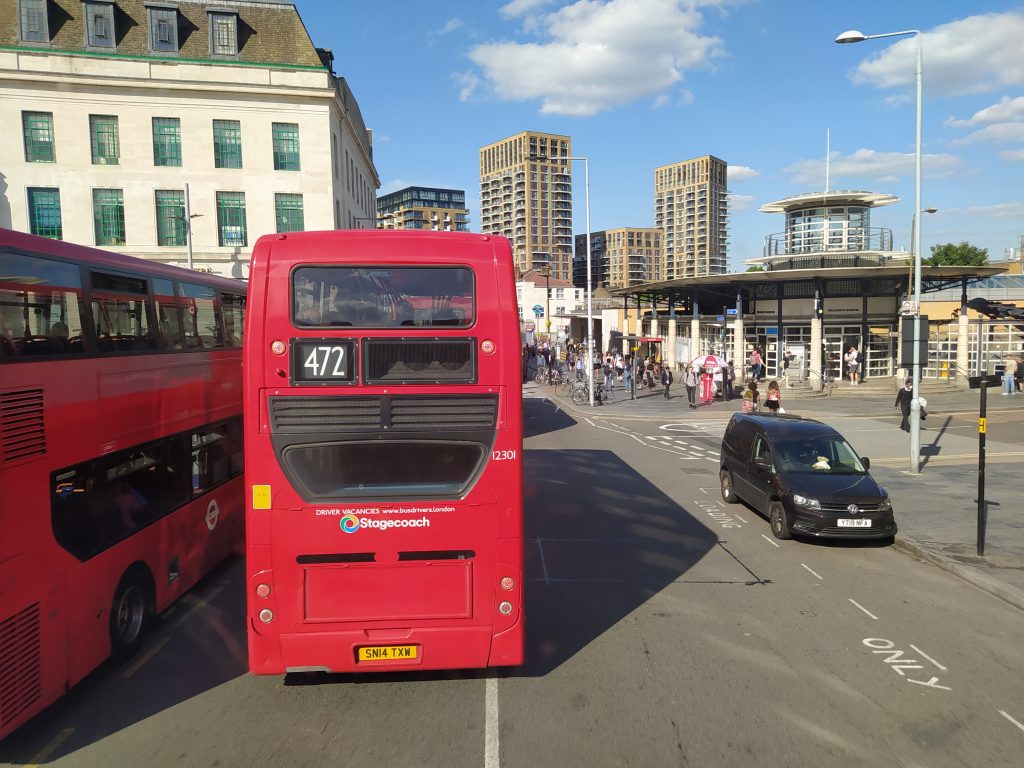
That then leads to additional congestion.
London Travelwatch are now calling for a delay in passenger usage surveys until autumn 2021 to better gauge how usage wold return.
Bus cuts
Bus cuts are not new, and have been happening somewhat under the radar in recent years. It’s possible this will now speed up, as £300 million “savings” this year quickly increase to £730 million by 2023.
Cuts would also raise further questions about public transport provision through Silvertown Tunnel. For all the talk about extra buses made by Mayor Sadiq Khan once it opens, they are already likely to encounter additional traffic in south east London due to additional congestion reducing the appeal of bus usage.
Red dots below indicate worse congestion post tunnel completion according to TfL modelling – conducted before many housing developments and plans were proposed. Most areas in Greenwich borough see worse conditions.
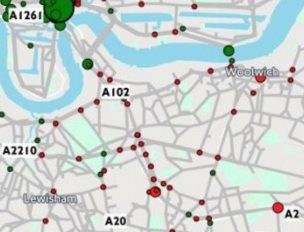
If TfL are obliged to implement certain cross-river bus routes by 2025, could we see an axe taken to other local routes in the area to ensure those steep reductions in spending expected?
Emma Gibson, Director of London TravelWatch said: ‘We’re really concerned that any review into demand for the bus before most people have returned to work will not give an accurate picture of future bus demand, and may lead to the premature cutting of services. This could lead to the bus becoming less attractive to use, with crowding and an inability to socially distance and a subsequent drop in fares revenue. It would also undermine efforts to avoid a car-led recovery from the pandemic; and constrain London’s social and economic recovery.’
Emma continued: ‘Similar reviews of demand for the train and Tube review are due to happen in September, so it would make sense to delay the bus review until the autumn too. This would also mean that more people will have had both their vaccinations** and take into account the fact that travel demand, particularly among commuters tends to be lowest in the summer months, with more people on holiday and the schools breaking up towards the end of July.’
It isn’t just buses that will see a review, with rail and tube also expected by September this year, though the funding agreement was not so specific in terms of timing.
Buses require a greater subsidy than the tube (the tube in fact did not require any subsidy pre-pandemic) which could be why there’s an apparent rush to reduce services.
The tube in fact subsidises roads in London, given most Vehicle Excise Duty raised from London drivers is spent outside London leaving TfL responsible for road maintenance in many areas. TfL’s attempts to retain a greater degree of that £500,000 were rejected by Transport Secretary Grant Shapps in the latest agreement, piling further pressure on services.
Adam Tyndall, Programme Director for Transport at London First has stated: ‘It is crucial that the Government waits to review service levels for buses until the country is fully unlocked, not in the middle of continued uncertainty. Jumping to conclusions based on rapidly changing data risks cutting service levels at a time when demand has not yet recovered, triggering a cycle of decline. A well-serviced bus network will help the capital avoid a car-led recovery and will ensure sustainable transport options are there for Londoners as they create new habits.’
Running a site alone takes time and a fair bit of money. Adverts are far from enough to cover it and my living costs as a private renter.
You can support me including via Paypal here Another option is via Patreon by clicking here You can also buy me a beer/coffee at Ko-fi here There's also a Facebook page for the site here Many thanks
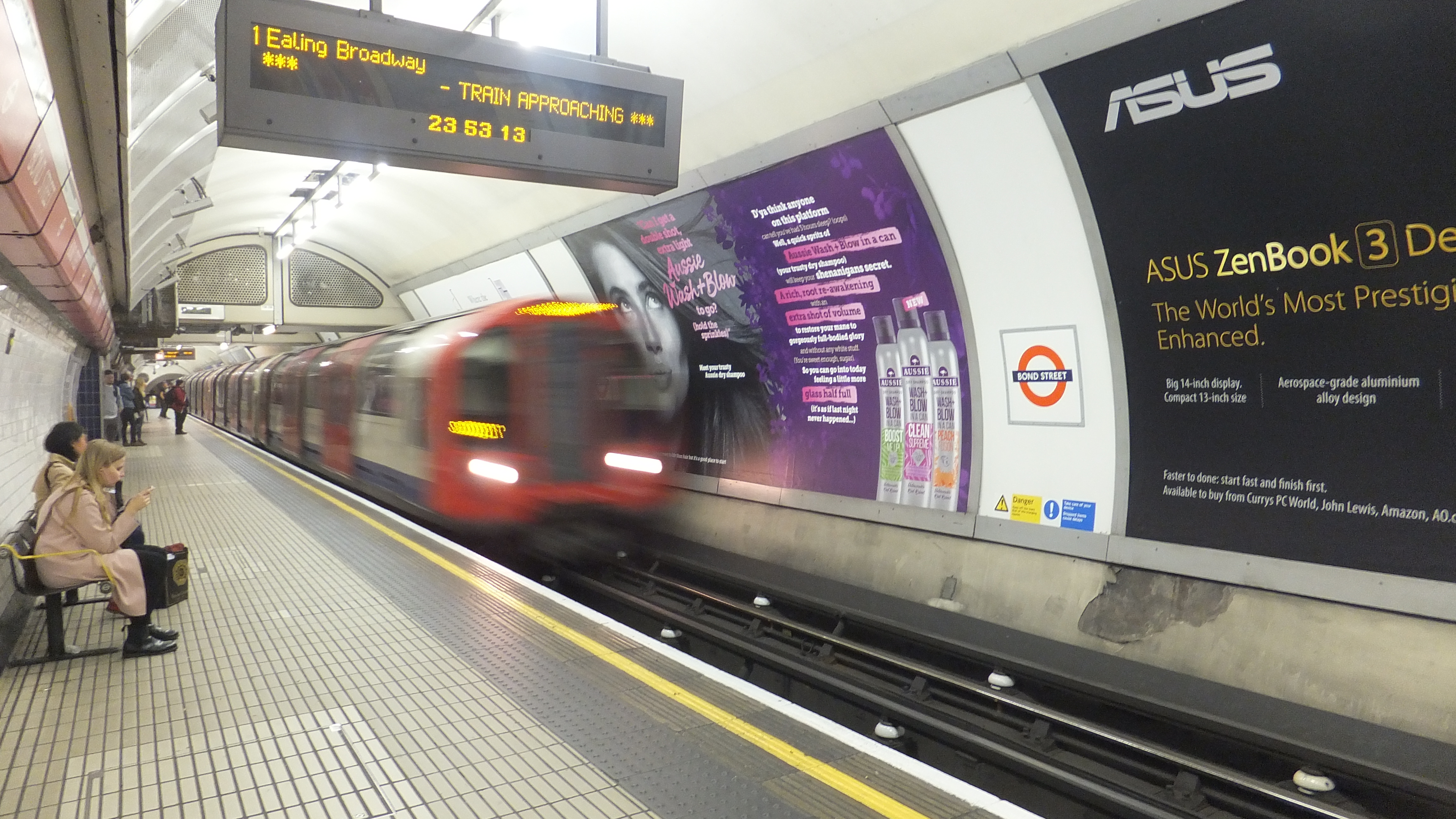
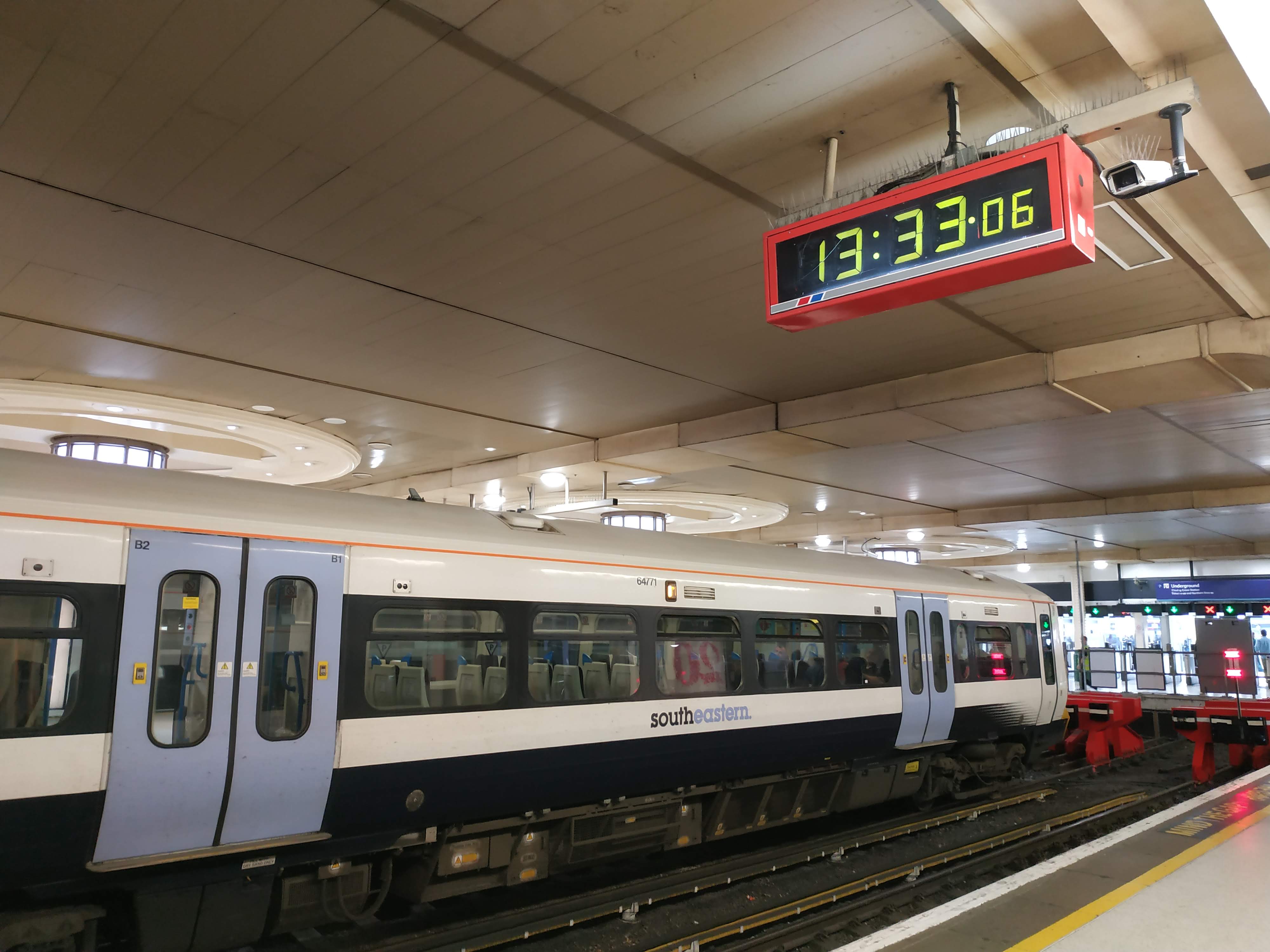
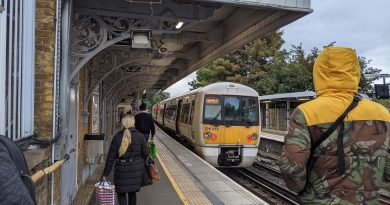
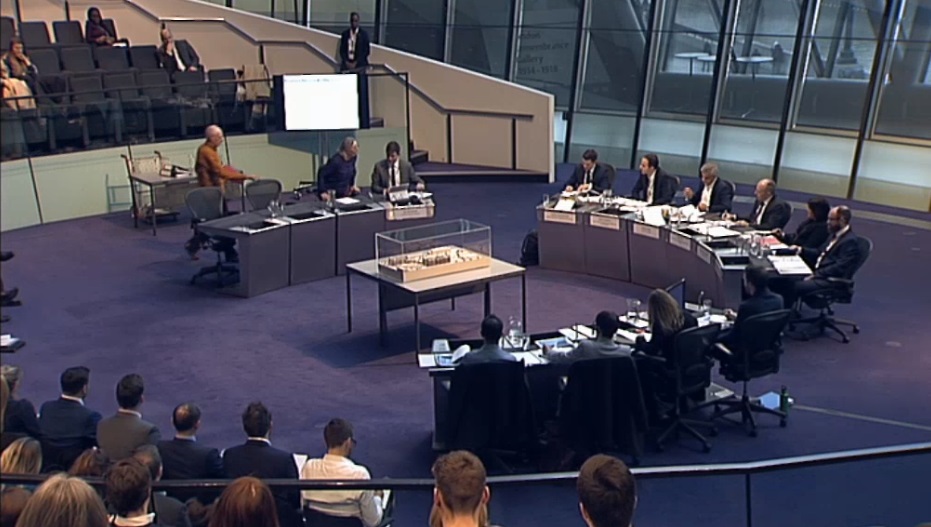

The Tories really hate London don’t they.
That’s because London largely votes Labour.
So unfair to impose this survey at this time when usage on buses remains low compared to pre-covid levels. However, that said buses are getting busier now. This servey should be postponed until all covid restrictions are lifted.
I think there is a need for frequency increases (more buses) rather than cuts to bus services.
I do think in time bus services should be reviewd not for the purpose of cuts to services but to see if routes could possibly be improved and extended or re-routed for example to serve new developments and more areas that may need a bus service to the local hospita,l town Centre or Crossrail Station where a bus link currently does not exist,
Any Government should know that a good efficient and reliable public transport infrastructure is vital to the success of any City as we see in other Capital cities around the world.
I agree tbus services should be reviewed by TFL so new routes or improvements to existing routes can be introduced. What we do not want is any further cuts to bus services, At a time the local bus network needs to be miproved as the local population continues to grow as new developments complete around the Borough.
Two areas that spring to mind that need a bus service to the Queen Elizabeth Hospital, Woolwich Town Centre and the new Crossrail Elizabeth Line Station are the Westmount Road area in Eltham and Rochester Way area in Kidbrooke.
Also the Blackheath Village and Blackheath Royal Standard areas require a bus service to Charlton Retail Parks via Charlton.
This is the wrong time for the Government to insist TFL conduct a survey on passenger usgae while covid restrictions are still in place and we have a large section of the work force working from home or on furlough until later this year.
This survey will not take in to account future public transport usage as thousands of new homes are completed many of the new developments now encourage residents to use public transport cycle or walk. rather than drive.
Routes 291 and 335 are both short routes using double decker buses and do have scope to be extended with in the Borough.
Bus services do not need cuts to frequncies to make other buses on the routes over crowded. However, London bus routes could be reviewed to see if some local routes could be extended or re-routed to serve areas that have no or limited bus services to local Hospitals,Stations including North Greenwich Station and Town Centres for example.
Despite Queen Elizabeth Hospital opening way back in 2001 as the main General Hospital for the Borough of Greenwich.